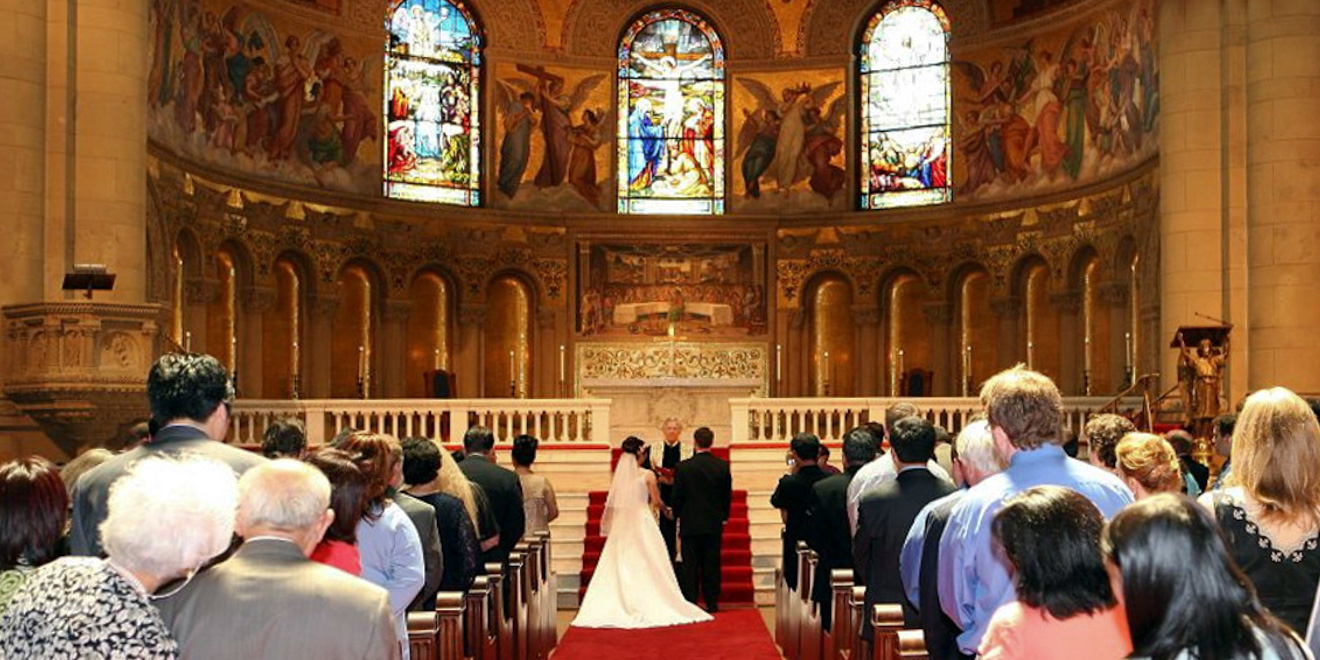On Wednesday afternoon, an email sent by the Stanford Marriage Pact — a dating survey distributed last year to match pairs of Stanford students — invited participants to submit feedback on their previous experience with their Marriage Pact match. The feedback form asked for details on communication between each participant and their match.
“The Marriage Pact is Back and cooking up something better than ever,” the email read.
The survey used in last year’s Marriage Pact survey was designed by Liam McGregor ’20 and Sophia Sterling-Angus ’19 for a final project in their class ECON 136: “Market Design,” in which they were asked to design a solution to a real-world market allocation problem.
Last year’s Marriage Pact form asked for details on preferences including religion, age and political beliefs. Recently, the pre-screening attributes of online dating have been leveraged as a launching platform for discussing the midterm elections, and online dating has faced criticism in general for its use of criteria based on political beliefs, religion, appearance and other traits for seeking potential romantic partners.
In light of such criticisms, an email from the Marriage Pact preceding the announcement of match results stated that matches “were selected because you two are seemingly similar. They may not be bae, but they could still be fam.” Still, in the Marriage Pact’s debut last year, an uneven gender balance of participants resulted in a number of discrepancies in matches.
“Last time, I signed up and was not matched with anyone,” said Amit Pasupathy ’19. “I saw [the email] and was like, do I want to put myself through this again [this year] — put my heart into finding someone for the rest of my life and get zero response? Honestly, I probably will. I am a desperate senior looking for love.”
Pasupathy added that he was not expecting much of a change from last year’s Marriage Pact. And some past participants expressed uncertainty about the Marriage Pact survey and algorithm.
“I’m not so sure what this algorithm does,” said one student, who was matched via the pact last year. “I don’t remember specifically highlighting that … I wanted someone from my own ethnicity, but I did get someone from my own ethnicity. I hope it’ll be different from last year.”
“There is a lot that [the Marriage Pact] didn’t have time for last year,” Sterling-Angus wrote in a message to The Daily. “Market Design is still an emerging field with ongoing research. Expect some exciting new features.”
Contact Karen Kurosawa at karen16 ‘at’ stanford.edu.
